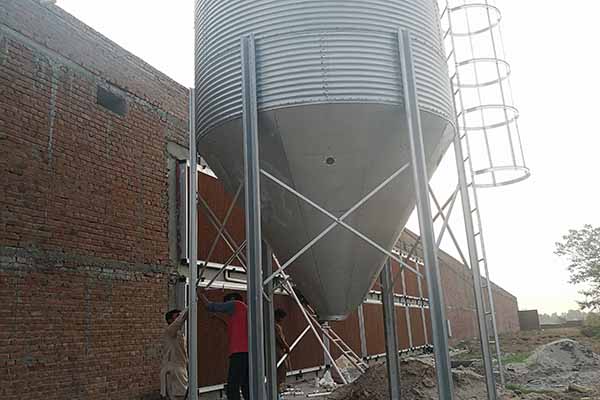Optimizing Poultry Farming with 30,000 Battery Cages in Kenya
Understanding the Demand for Battery Cages in Kenya’s Poultry Industry
Kenya’s poultry industry has witnessed significant growth over the years, with the demand for chicken meat and eggs soaring. One of the key factors contributing to this growth is the adoption of modern farming techniques, such as the use of battery cages. In this article, we will explore the role of 30,000 battery cages in Kenya’s poultry industry, the benefits they offer, and the future of poultry farming in the region.
Benefits of Using 30,000 Battery Cages in Kenya’s Poultry Farms
Battery cages are designed to maximize space utilization and ensure the health and welfare of the poultry. Here are some of the key benefits of using 30,000 battery cages in Kenya’s poultry farms:
– Increased Space Utilization: Battery cages allow farmers to accommodate a larger number of birds in a smaller area, optimizing land use.
– Economic Efficiency: The compact design of battery cages reduces the costs associated with feed, water, and heating, making poultry farming more cost-effective.
– Improved Productivity: With controlled living conditions, poultry in battery cages often have higher productivity rates, resulting in increased output.
Statistics and Data
– According to a recent survey, Kenya’s poultry industry produces over 500 million birds annually.
– The use of battery cages has increased the average egg production per hen by 20%.
– The adoption of modern farming techniques like battery cages has seen a 40% increase in profitability for small-scale poultry farmers.
Comparative Analysis: Battery Cages vs. Conventional Farming Methods
| Feature | Battery Cages | Conventional Farming |
|——————–|————————-|————————–|
| Space Utilization | High | Low |
| Productivity | High | Medium |
| Disease Risk | Low | High |
| Cost Efficiency | High | Low |
Case Study: A Successful Poultry Farm in Kenya
Nairobi Poultry Farm, located in Kenya, has successfully implemented 30,000 battery cages in its facilities. The farm has seen a remarkable increase in productivity and profitability. Here are some key takeaways from their experience:
– Investment: The initial investment for setting up the battery cages was $300,000, which was recovered in 18 months due to increased sales.
– Output: The farm now produces an average of 50,000 eggs per day, up from 30,000 eggs per day before the implementation of battery cages.
– Expansion: The farm plans to increase its battery cage capacity to 50,000 birds within the next five years.
Conclusion
The use of 30,000 battery cages in Kenya’s poultry industry is a testament to the effectiveness of modern farming techniques. By optimizing space utilization, improving productivity, and ensuring the health of the poultry, battery cages have become an integral part of Kenya’s poultry farming landscape.
Are you considering setting up a poultry farm or upgrading your existing facilities? Contact LIVI Machinery today for a free chicken farm design and equipment quote. Our expert team is here to guide you through every step of the process.





